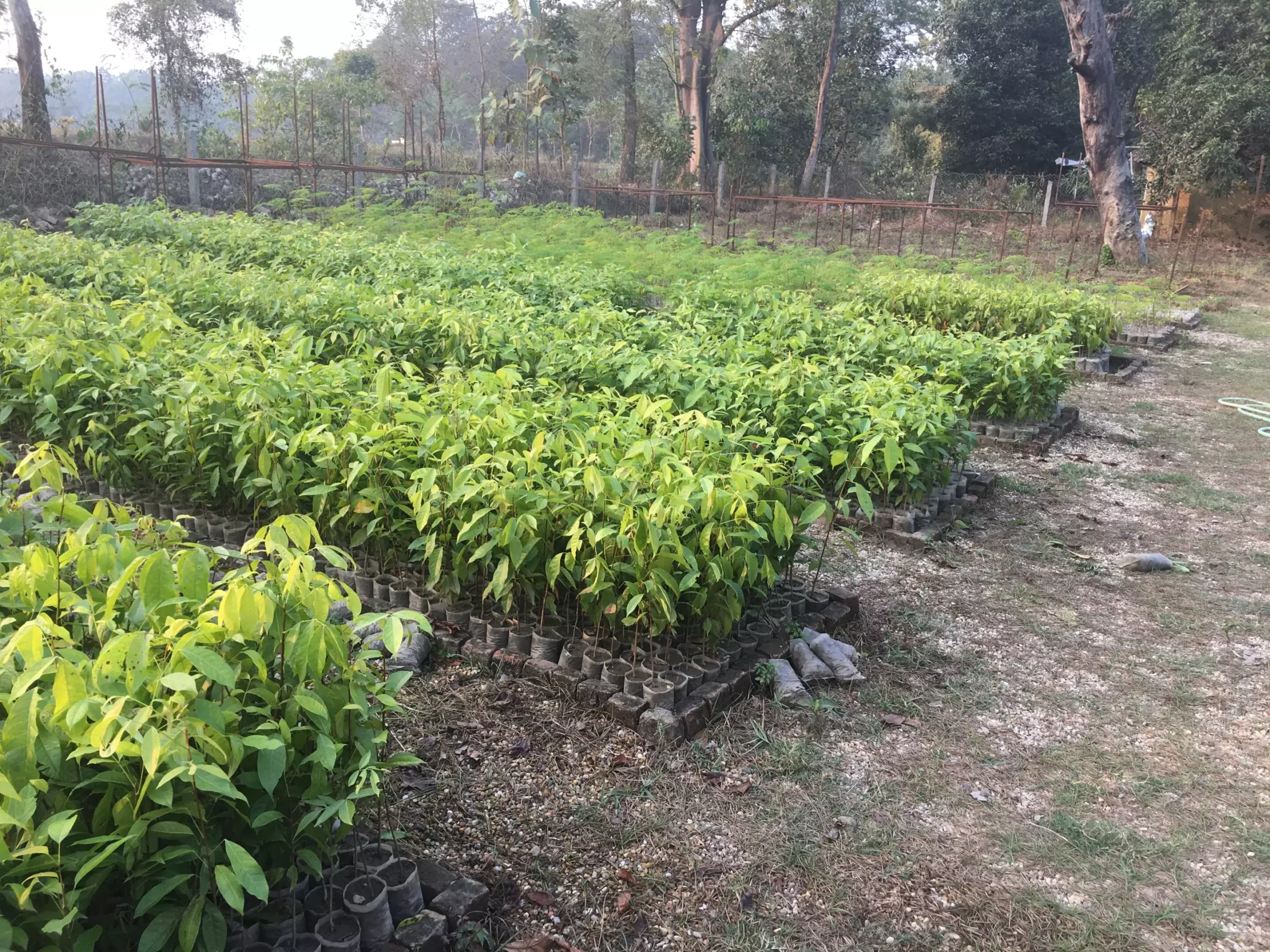Climate change has emerged as one of the most pressing challenges facing humanity, and innovative strategies to mitigate its impacts are vital. A recent study published in *Nature Climate Change* sheds light on the potential of reforestation, particularly in low- and middle-income countries. It reveals that reforestation efforts can remove up to ten times more carbon dioxide from the atmosphere than previous estimates suggested. This finding is a game-changer for policymakers and environmentalists alike, as it highlights the need for a multifaceted approach to climate action, blending both natural processes and human intervention.
Traditionally, reforestation has been equated with tree planting initiatives designed to replace lost forests. However, what this new research underscores is that allowing forests to regenerate naturally in certain areas can vastly increase the carbon-sequestering potential of these ecosystems. Approximately half of the locations suitable for reforestation may yield better results with natural forest regrowth—an insight that compels us to reevaluate our strategies in managing forest resources and addressing climate change.
Integrating Econometrics into Ecosystem Management
The study emphasizes a crucial aspect of reforestation: economics. Co-author Jeff Vincent, a professor at Duke University’s Nicholas School of the Environment, elucidates that wood markets play a pivotal role in scaling up reforestation efforts. In over half the studied regions, timber plantations found to sequester carbon at a lower cost than their naturally regrowing counterparts imply that economic agendas cannot be ignored in conservation efforts.
This connection between the economy and environmental health raises significant questions about the viability of different reforestation methods. Should we focus solely on active planting, or should we also consider investing in natural regrowth? The answer, as suggested by the data, likely lies in a hybrid approach—combining both strategies to leverage their respective strengths and advantages.
The Case for Biodiversity in Reforestation
Interestingly, the study advocates for a diverse approach to reforestation that goes beyond mere carbon sequestration. Lead author Jonah Busch highlights that employing a mixture of planted forests and allowing natural regeneration could lead to a more effective and biodiverse ecosystem. This biodiversity forms the backbone of a resilient environment that not only sequesters carbon but also provides vital resources for communities and ecosystems alike.
Current reforestation programs often overlook the potential of natural regrowth, which may harbor greater ecological integrity. By fostering a diversity of species and facilitating self-renewal processes, these areas can become sanctuaries of biodiversity while simultaneously tackling climate change. More importantly, this beautiful symbiosis fosters community engagement and traditional knowledge, creating local ownership and stewardship that are essential for long-term sustainability.
Financial Mechanisms and their Role in Reforestation
The introduction of carbon payment schemes provides an additional layer of incentive for reforestation initiatives. Companies and organizations, striving to offset their carbon footprints, can generate funding that encourages environmental restoration. Vincent astutely points out that these carbon payments could act as a standalone motivation for reforestation in specific locales, while simultaneously offering avenues for financial gain through sustainable wood harvesting practices.
It’s a pragmatic approach—one that acknowledges the reality of resource allocation and economic necessities. Successful reforestation, particularly in economically disadvantaged regions, hinges on developing strategies that tether financial viability with environmental imperatives. Sustainable timber markets could deliver the dual benefit of revitalizing local economies while enhancing forest health, a synergy that must be explored and harnessed, especially in countries grappling with the adverse effects of deforestation.
Shaping a Greener Future
The implications of this study stretch far beyond academic curiosity; they span into the realm of actionable insights for governments, corporations, and non-profit organizations. The mapping of cost-effective reforestation methods tailored to specific locales stands as a tool for optimizing restoration budgets. With a clearer understanding of how different areas can best rehabilitate their forests, stakeholders can make informed decisions that align ecological restoration with economic resources.
In essence, this comprehensive reevaluation of reforestation strategies is not merely a call to action; it’s an invitation to innovate. It invites us to rethink our relationship with nature, root ourselves in economic pragmatism, and foster a collaborative approach to combatting climate change through conscious stewardship of our forests. The future is not just about planting trees; it’s about nurturing ecosystems that can flourish and sustain life for generations to come.


Leave a Reply